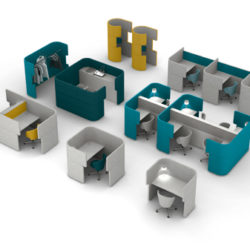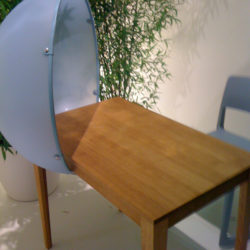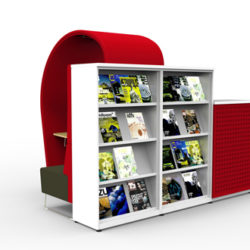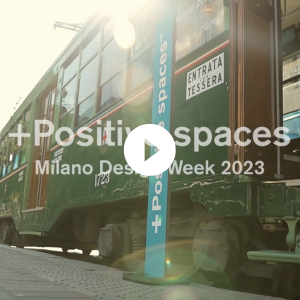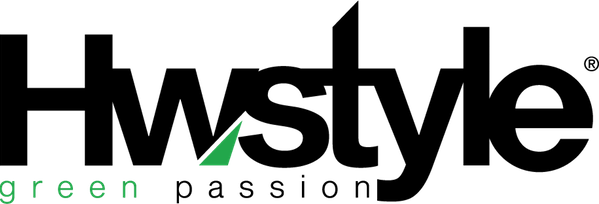Do you remember the Personal Bubble by Edward T.Hall, in variable sizes, described by the US anthropologist in his book “The hidden dimension” back in 1966?
The modern working environment that has emerged from the last Orgatec pays homage to Hall and is developed into well-organized coocons. Alcoves in bright colours provide for acoustic and visual privacy..
A return to Dilbert’s cubicle? Not exactly. The concept of an efficient use of space remains and the high panel is back, but shapes are soft and organic and emphasize flexibility, not only in the layout, but most of all in the way the workers choose to use it.
Based on new ICT technologies, smart working enables to choose one’s workplace according to “me-places” and “we-places” jobs, as Bene has defined them.
Don’t these concepts remind you of the proposal made by Stone and Lucchetti in the far-sighted article “Your Office is where you are” ?
Or the “Citizen Office” by Vitra produced by Rolf Fehlbaum, Ettore Sottsass, Andrea Branzi and Michele De Lucchi in 2001?
The photogallery shows some of the new products presented at Orgatec and based on these concepts.
Vitra. Workbay (design Ronan & Erwan Bouroullec)
Workbay breaks with the rigid layout of today’s office environment, introducing a more organic approach to collaborative work – one that is closer to human nature. Now, life and vibrancy have been reintroduced to the office, as interaction takes place at and around the employees’ communal workplaces. Of course this positive change in work habits brings with it new challenges. The greatest, perhaps, is to find new alternatives for undisturbed concentration. Workbay provides easy-to-use semi-private spaces for common areas – the so-called “middle zones” of an open office plan. A system of organically-shaped, cell-like configurations, the single modular elements make possible a wide variety of formations, from single work situations to group spaces and micro-architectural clusters.
Bene. Docklands (design Luke Pearson & Tom Lloyd)
Solution workers can be divided into four types depending on their degree of mobility.
The Anchor primarily uses his own desk. He processes information he receives from others. The Connector spends most of his working time at the office, but works in different zones and areas and ensures there is a flow of information throughout the company. The Gatherer spends about half of his working hours outside of the office. He needs the office as a base and a refuge where he can process what he has learned elsewhere. The Navigator does most of his work outside the office. He comes to the office in order to exchange information and attend meetings.
The focus is on Docklands, the alternative workplace for temporary activities and Cube_S, modular workplaces for stationary work with integrated storage areas.
By Renata Sias
Can we define as “new” what the companie are offering nowadays?
Will what has been theorized for thirty years come true now?

